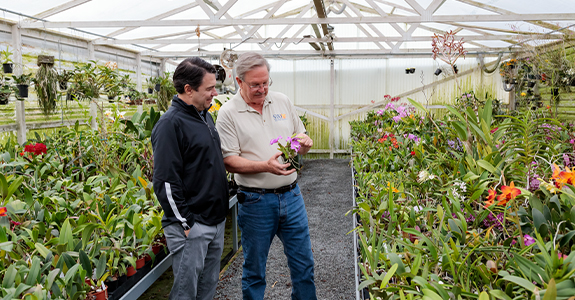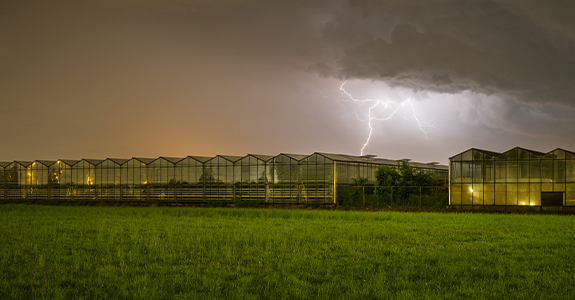While there are some great benefits with CEA, there’s a reason it hasn’t been universally adopted. The upfront costs of establishing systems can be prohibitive, particularly for small-scale production or new businesses—although long-term savings in resource use can help offset the initial financial hit.
Additionally, CEA systems rely heavily on artificial lighting and climate control, leading to significant energy demands for crop growth. Transitioning to renewable energy sources such as solar or wind power can help mitigate these challenges while also reducing operating costs and environmental impact.
Controlled environments aren’t immune to operational risks such as technical failures or pest outbreaks, making robust backup systems and management strategies crucial for businesses.
Balancing profitability and scalability remains a challenge. But as the wider industry learns more about CEA and consumer demand increases, we anticipate this hurdle becoming less of an issue.











